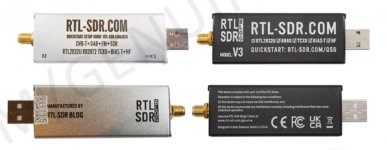One of the things that made the Pro-2006 so immune was the passive band switched front end filters which also inserted just a slight bit of attenuation.
All scanners use bandpass filters, some attenuate more or less outside of its frequency range but will always have a loss within its frequency range. That's why scanners have bad internal noise figures, that can be compensated for by using a preamplifier. What sets the parameter for desense, receiving strong signals within that bandpass frequency range, are how well the first transistors after the BP filter can handle it.
It's usually a strong relationship between low amplification and good strong signal handling and high amplification, often with low power consumption needed for a portable scanner, and bad strong signal handling.
For the Icoms I have measured, R2 and R10, they are super sensitivity but with a bad strong signal handling, but for a IC-R2500, with a relatively bad sensitivity of 0,5uV that are among the worse measured among modern scanners, are just as good at handling strong signals as a Pro-2006.
We had a company making police scanners that had issues with overload and intermod and then came out with a markII version. The only thing they did where to replace the first transistor after the filter, that also worked as the mixer, to a much more powerful transistor that had its current going thru it increased by 25 times. It then became immune to overload. I worked together with a company that did RF interference investigations and they used a spectrum analyser with a 10dB preamplifier to make it sensitive enough. And that external preamplifier module got extremely hot that you couldn't touch it, and needed to have that high current going thru it to not get overload issues.
/Ubbe


